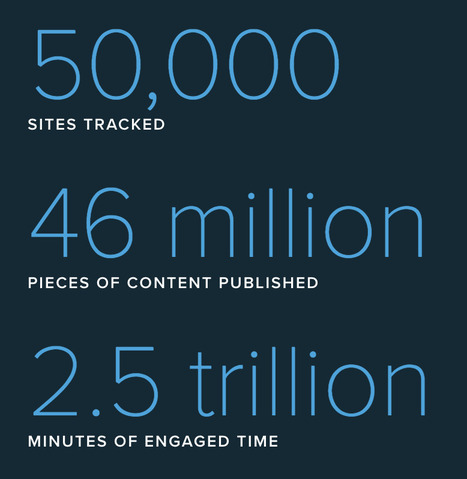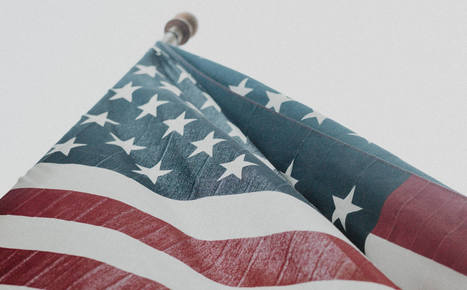This past Thursday, an eternity in Trump time, Jake Tapper began his daily CNN show The Lead by addressing Donald Trump’s untermensch Steve Bannon’s recent comments that the media ought to “keep its mouth shut.” With disdain in his eyes and a sneering smile on his face, Tapper succinctly responded, “No”—a no swiftly shared around social media.
Jake Tapper, CNN’s chief Washington correspondent, has been a journalist for nearly 20 years, during which time he has earned a reputation as a hard-nosed newsman and equal-opportunity tough interviewer. But he has only started going viral recently. Tapper become the host of The Lead and CNN’s Sunday morning news show State of the Nation without parroting the most popular anchor modes of our time, the righteously or satirically partisan talking head. Unlike Bill O’Reilly, Megyn Kelly, Sean Hannity, Rachel Maddow, Chris Hayes, or even CNN’s rising star Van Jones—whose show, The Messy Truth, is now CNN’s most-watched—Tapper has built his brand on a kind of performative neutrality: an old-school news anchor refashioned for the present day.
While there are certainly people, Trump among them, who reflexively scoff at the notion of CNN’s nonpartisanship, it is still the only cable news network with notable segments of its audience that voted for Trump or for Hillary Clinton. Channeling the ethos of his network, Tapper is combative less about party than the “truth.” A notorious bulldog for answers, he methodically rephrases questions over and over again until he gets, or doesn’t get, a response, as when he asked Trump if his comments on Judge Gonzalo Curiel were racist—23 times....



 Your new post is loading...
Your new post is loading...











Good profile of CNN's Jake Tapper.